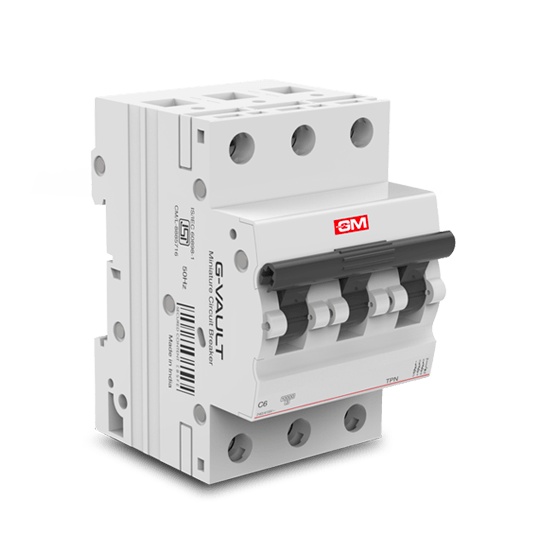Power Distribution Board- GM Modular
A distribution board is also known as db board or main distribution board is part of an electricity supply system that divides power into smaller circuits. It has a protective fuse or circuit breaker for each circuit in a box.
RANGE
CATEGORY
SUB CATEGORY
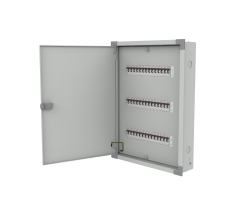
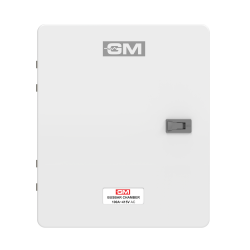
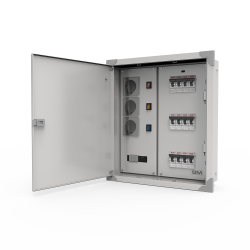


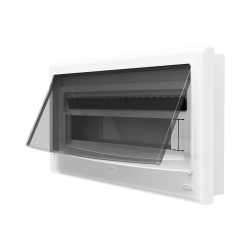
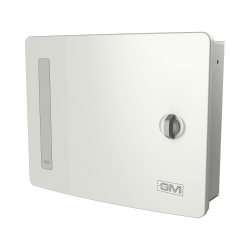
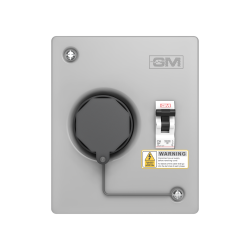
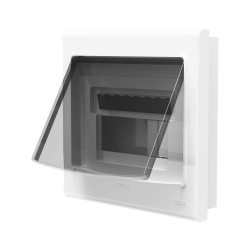
Electrical distribution board from GM Modular
GM Distribution Board(DBs) blend aesthetics, functionality, and safety. They are made with high precision and top-quality metal sheets, ensuring anti-rust conditioning and durability
Distribution Board at the best price online
We have power distribution board types at the best price online. GM Modular power distribution board blends aesthetics, functionality, and safety. We have a 3-phase distribution board, 6-way TPN Db 12-way TPN DB electrical DB box, and mcb distribution board.
They are available at affordable prices, and It ensures that electric power is distributed safely and efficiently to all connected electrical loads. You can buy Changeover Switch, Bus Bar Chamber, Flexi Door Double Door, SPN Metal Base, SPN Plastic Base, SPN Single Door, TPN Double Door, and Phase Selector Double Door (All available in 2-way, 4-way, 6-way, and eight-way) from GM Modular.
Features and Benefits of electrical DB box- GM Modular
Features of electrical distribution board box
Housing:
The housing of an electric distribution box is typically made of metal and plastic. It protects the internal components from external elements such as dust, moisture, and physical damage.
Bus bars:
Busbars are metal strips connecting the incoming power supply to the circuits. They are typically made of copper or aluminium and are designed to handle high currents.
Circuit breakers:
Circuit breakers are safety devices installed in the distribution box to protect the individual circuit from overloading and short courses. They work by automatically switching off the circuit in the event of an overload or short circuit.
RCDs:
Residual Current Devices are safety devices designed to detect electrical devices.
Surge Protection Device:
These devices protect electrical devices from power surges caused by lightning strikes, power outages, and other electrical distribution.
Neutral and earth bars:
These connect the neutral and ground wires to the distribution box. They are typically made of metal and designed to provide a safe and reliable connection.
Cable glands secure and protect the incoming and outgoing cables connected to the distribution box. They are designed to protect the cable from being pulled out or damaged and provide a secure seal against moisture and dust.
Labeling:
Distribution boxes are typically labelled with the names of the circuits or devices that they are connected to.
Mounting options:
Distribution boxes are available in a variety of mounting options, including wall-mounted, floor-mounted, and free-standing
Size and capacity:
The size and the capacity of the distribution box depend on the electrical load that is required to handle it.
Benefits of the Distribution box:
The distribution box offers many benefits. Some of the critical benefits of a distribution box are as follows.
Improved safety:
Distribution boxes are designed to protect electrical systems from overloading and short circuits, which can cause fires or electric shocks. By providing a centralized location for circuit breakers, RCDs, and surge protection devices, distribution boxes help improve electrical system safety.
Increased reliability:
By distributing power from a centralized location, distribution boxes can ensure that electrical devices and circuits receive a consistent and reliable power supply.
Easier maintenance:
Distribution boxes provide a convenient location for circuit breakers, RCDs, and other safety devices, making accessing and maintaining them easier. This can reduce downtime and maintenance costs and ensure that the electrical system is always functioning optimally.
Different types of electric distribution boxes
There are different types of distribution boards. The choice of distribution board will depend on the specific application and load requirement. The various kinds of distribution boxes, including:
Circuit Breaker Panel:
This type of distribution box is used in residential and commercial buildings to distribute electricity to different circuits and protect them from overload or short-circuiting.
Junction Box:
A junction box connects and distributes wires in electrical wiring systems. It is often used in construction projects and can be installed on walls, floors, or ceilings.
Power Distribution Unit (PDU):
PDU is a distribution box used in data centers and server rooms to distribute power to multiple devices and equipment.
Lighting Control Panel:
This distribution box controls and distributes power to lighting systems in commercial buildings and residential complexes. It can control the lighting levels, schedule, and other parameters.
Main Distribution Frame(MDF):
This type of distribution box is used in telecommunications networks to connect multiple lines and distributor signals to different locations.
Terminal Distribution Frame(TDF) Similar to MD, TDF is a distribution box that connects telephone lines and distribution signals within a building or a campus.
Frequently Asked Questions on Power Distribution Board
1) What is distribution board and its types?
A distribution board is also known as db board or main distribution board is part of an electricity supply system that distributes power into smaller circuits around the building. The various kinds of distribution boxes, includes circuit breaker panel, lighting control panel, main distribution frame, junction box, and power distribution unit.
2) What is the purpose of distribution boards?
Distribution boards serves as the load junction and distributor of electric power. This board ensures that load is evenly distributed to small panels and circuits around the building. So, you can think of it as the delegator of work to associates.
3) Where is the distribution board placed in a building?
The place and location of its placement differs from building to building. But mainly it is placed in a little metal box just outside or nearby your house/office/bunglow.
4) What will you find on a distribution board?
A standard electrical distribution board includes a bus bar, fuse links, switches, a bypass equipment, and a residual current detector (RSD). Please operate with this type of machinery only under proper supervision.
5) What is a 3 phase distribution board?
A typical 3 phase distribution board consists of circuit breakers, ground spillage protection units and fuses that are used to distribute power to individual power points or circuits within a building.
6) What is a 4 way distribution board?
A standard 4 way distribution board is also referred to as 4 way TPN. TPN here means a 4 Pole device with 4th Pole being Neutral. It has double door opening & closing where it will open and close for neutral as well. Protection fuse is applied to the 3 poles in which the current is flowing whereas there is no protection for the current flowing through the neutral pole i.e the 4th pole.
7) Is distribution board and MCB same?
No, they’re not. In fact, miniature circuit breaker (MCB) is used to protect the 3 phase distribution board’s electric circuit from overcurrent, overload or short circuit. Also, MCBs are installed in residential houses and apartments where the current load is minimal. Whereas Distribution panels like 3 phase, 4 TPN, 6 TPN, and 12 TPN are installed on commercial buildings.
